Best movies like Degas à l'Opéra
A unique, carefully handpicked, selection of the best movies like Degas à l'Opéra . If you liked Degas à l'Opéra then you may also like: Cave of Forgotten Dreams, Art History, Starry Night, The Muppets on Puppets, Van Gogh: Painted with Words and many more popular movies featured on this list. You can further filter the list even more or get a random selection from the list of similar movies, to make your selection even easier.
You may filter the list of movies on this page for a more refined, personalized selection of movies.
Still not sure what to watch click the recommend buttun below to get a movie recommendation selected from all the movies on this list
Art History
Tension mounts between a director and his lead actress on the set of a sexually explicit low-budget film. As the actress and her co-star develop real feelings for each other, the director's jealousy erupts and he begins sabotaging his own production.
Starry Night
Vincent Van Gogh comes back to life after being the recipient of a magic potion. He finds that his work has become quite valuable, and begins stealing his works. At the same time, he has a hard time getting anyone to believe he's really Van Gogh.
The Muppets on Puppets
Jim Henson and Rowlf the Dog explain the art and history of puppetry, and let the viewer in on some of the secrets in performing his own act, the Muppets.
Van Gogh: Painted with Words
A drama-documentary presented by Alan Yentob, with Benedict Cumberbatch in the lead role.
Paradise Found
Paradise Found is a biography about the painter Paul Gauguin. Focusing on his personal conflict between citizen life and his family life and the art scene in Frane. In an incredible imagery montage Gauguin manages to make a successful living in the South Pacific, while being in opposition to France.
Lee Miller: A Life on the Frontline
A documentary celebrating Lee Miller, a model turned photographer turned war reporter who defied anyone who tried to pin her down, put her on a pedestal or pigeonhole her in any way. The film's director, Teresa Griffiths, and editor, Clare Guillon, won the 2021 British Academy Television Craft Awards for Factual programs.
Scott Joplin
The life story of Scott Joplin and how he became the greatest ragtime composer of all time.
The Yellow House
John Simm stars as Vincent Van Gogh in The Yellow House, a feature-length drama that tells the moving human story of the most influential and explosive housemates in art history. For just nine weeks, in late 1888, Van Gogh and Gauguin share a home, The Yellow House, in Arles, southern France.
Francis Bacon: A Brush with Violence
In this unique, compelling film, those who knew him speak freely, some for the first time, to reveal the many mysteries of Francis Bacon.
Inside the Mind of Leonardo
Inside The Mind of Leonardo is based on the artist’s private journals dating from the Italian Renaissance. With over 6,000 pages of handwritten notes and drawings, da Vinci’s private journals are the most comprehensive documents that chronicle the work of the world’s most renowned inventor, philosopher, painter and genius. Using this precious collection of writings and drawings to recount Da Vinci’s story in his own words, and combining them with stunning visual effects and 3D technology, we re-create the mindscape and ideas of mankind’s greatest polymath.
Rubens: An Extra Large Story
These days, nobody takes Rubens seriously. His vast and grandiose canvases, stuffed with wobbly mounds of female flesh, have little appeal for the modern gym-subscriber. And it's not just the bulging nudity we don't like. The entire tone of Rubens's art offends us. Everything in it is too big - the epic dramas full of tragedy, the fantastical celestial scenery, the immense canvases and murals adorning the walls and ceilings of Europe's grandest palaces. All of it seems too much for modern sensibilities. But Waldemar Januszczak begs to differ. In Waldemar's eyes, Rubens has been traduced by modern tastes, and a huge misunderstanding of him has taken place. By looking in detail at Rubens's fascinating life, by understanding his art in more enlightened ways, Waldemar sets out to correct the extra-large misconceptions that have arisen about Rubens.
Matisse voyageur, en quête de lumière
On the occasion of the 150th anniversary of Matisse's birth and of the exhibition at the Center Pompidou which will be dedicated to him in 2020, this art documentary brings us back to life of the journeys made by Matisse that influenced his art. And particularly his last trip to Polynesia in 1930 which will bring him to the threshold of contemporary art with the invention of his gouache cut-out papers.
Claude Monet: Capturing a Moment
Leaving the studio to go out and capture real life: that was the impressionist aesthetic. Claude Monet was its most famous proponent and artist. This documentary reveals the places that inspired the painter during his lifetime.
Francisco de Goya: The Sleep of the Reason
He is both a painter of impressive portraits and an inventor of enigmatic pictorial worlds: Francisco de Goya (1746-1828) was a respected court painter in Spain. The loss of his hearing, the mysterious death of the Duchess of Alba, with whom he was undyingly in love, the reign of terror of the French Revolution, and finally the Napoleonic Wars all left their mark on his work. Against this contemporary historical background, he became one of the first pioneers of modern art, whose pictures still exert a magical fascination today.
Leaving Lenin
Seven teenagers and three teachers from a Welsh school visit Russia in a bid to rediscover themselves. On the overnight sleeper service to St Petersburg the students get separated from the teachers, which allows the students ample scope for rediscovery.
Mary Magdalene: Art's Scarlet Woman
Waldemar Januszczak explores the impact of Mary Magdalene's myth on art and artists. In art all Christian saints are inventions but Mary Magdalene has been the subject of more invention and re-invention than any other.
Cinema Through the Eye of Magnum
The film tells the story of the intimate and unprecedented encounter between the photojournalists of the Magnum Agency and the world of cinema. The confrontation of two seemingly opposite worlds – fiction and reality. For 70 years their paths crossed: a family of photographers, amongst them the biggest names in photography, and a family of actors and filmmakers who helped write the history of cinema, from John Huston to Marilyn Monroe to Orson Welles, Kate Winslet and Sean Penn.
The untold story of the Vatican
What started as a simple tomb became over a 2,000 years history the universal seat of Christendom and is today one of the most visited museum in the world with invaluable collections of Arts, Manuscripts, Maps. Using spectacular 3D modelisation and CGI to give viewers as never before a true understanding of the history of this architectural masterpiece and its extensions, the film will also use animation to tell relevant historical events. This heritage site reveals new untold secrets with the help of historians deciphering the Vatican’s rich archives and manuscripts collection and following the restorations at work (newly discovered frescoes by Raphael) and recent excavations. A story where Religion, Politics, Arts and Science meet to assert religious authority and serve as a spiritual benchmark.
Antony Gormley: How Art Began
The British sculptor travels across the world to view early examples of art in France, Spain, Indonesia and Australia as he seeks to find out where art first began.
Goering's Catalogue
For more than a decade, Reichsmarschall Hermann Göring, Adolf Hitler's right-hand man during the infamous Third Reich, assembled a collection of thousands of works of art that were meticulously catalogued. Why did he steal entire collections, mainly those belonging to Jewish families, ultimately victims of the Shoah? Was it to satisfy his aesthetic ambitions and his insatiable personal greed or was he acting in the common interest of the Nazi rulers?
Restitution? Africa's Fight for Its Art
There is an interlinking history of violent European colonialism and the cultural legacy of ethnographic collections in institutions. This documentary traces the progression of colonial history from the Berlin Conference of 1884-85 to the systematic elimination of cultural traditions, religions and lifeways which would occur sporadically through genocides and warfare until the early 20th century throughout the African continent—surveying the inquiries and movements for historical justice, the relationships between European institutions and colonial violence and following enduring struggles against these organisations to regain what was taken.
The Cinematograph: Birth of an Art
Throughout the 19th century, imaginative and visionary artists and inventors brought about the advent of a new look, absolutely modern and truly cinematographic, long before the revolutionary invention of the Lumière brothers and the arrival of December 28, 1895, the historic day on which the first cinema performance took place.
Hieronymus Bosch: The Mysteries of Hieronymus Bosch
Nicholas Baum goes on a journey to Den Bosch, Hieronymus Bosch's town, and gives his explanation about what he thinks the painter's works originally meant.
Edward Hopper and the Blank Canvas
The many references in contemporary film to Edward Hopper's works, as well as the widespread reproduction of some of his paintings have made his universe familiar to many. His unclassifiable figurations weave a dialogue between appearances and light, between the unmistakeable and enigma. Focusing on the artist's personal life in the context of 20th century America, "Edward Hopper and the Blank Canvas" bears witness to a fiercely independent painter, who was aware of the issues of his era, and who was hostile to the imprisonment that a modern American art opposing realism and abstraction could lead him to. This film brings the artist to life, transposing his realist and metaphysical poetry. It is a subtile and passionate work, which at last unveils one of the most important painters of American modernity.
Botticelli's Venus: The Making of an Icon
Sam Roddick explores the enduring appeal of Botticelli's masterpiece The Birth of Venus, one of the most celebrated paintings in western art. A joyous celebration of female sexuality, its journey to worldwide fame was far from straightforward and it lay in obscurity for centuries. Artist and entrepreneur Sam explains why Botticelli's nude was so revolutionary, and explores its impact on contemporary culture with artists such as Terry Gilliam, who memorably reinvented Venus for his Monty Python's Flying Circus animations.
L'Agneau mystique : Le Chef-d'œuvre des Frères Van Eyck
A documentary about the "The Mystic Lamb" painted at the beginning of the 15th century by the Van Eyck brothers.
Be Still
Already a successful portrait photographer, Hannah sets to reinvent this art form. Abandoning herself to a creative process that might easily be mistaken for madness, she's soon visited by mirror images of herself, as well as her daughter's ghost. Inspired by the life of photographer Hannah Maynard (1834-1918).
The Garden of Earthly Delights
When a terminally-ill art historian meets an engineer, it is love and lust at first sight. But their love is threatened by her looming illness. With her remaining days on earth numbered, she chooses to fan the flames of her obsession by taking her lover on a trip to Venice, where the artist's work becomes the background for their physical passion and emotional discovery.
The Genius of Turner: Painting the Industrial Revolution
A film that looks at the genius of JMW Turner in a new light. There is more to Turner than his sublime landscapes - he also painted machines, science, technology and industry. Turner's life spans the Industrial Revolution, he witnessed it as it unfolded and he painted it. In the process he created a whole new kind of art. The programme examines nine key Turner paintings and shows how we should re-think them in the light of the scientific and Industrial Revolution. Includes interviews with historian Simon Schama and artist Tracey Emin.

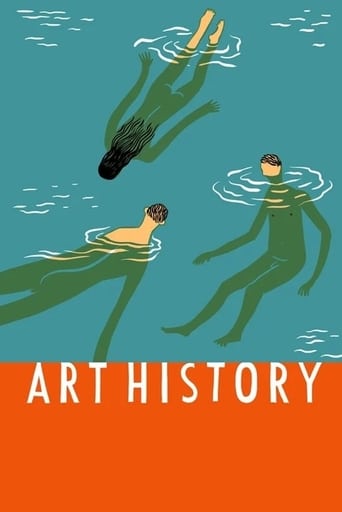


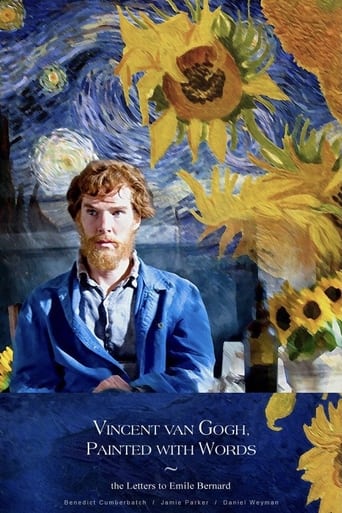



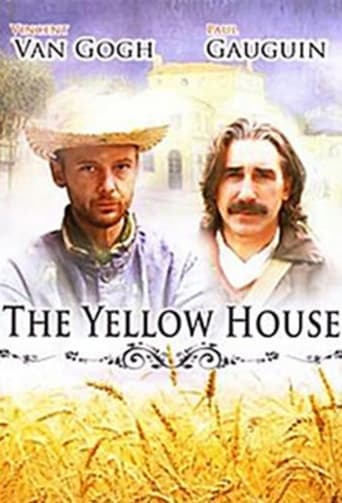






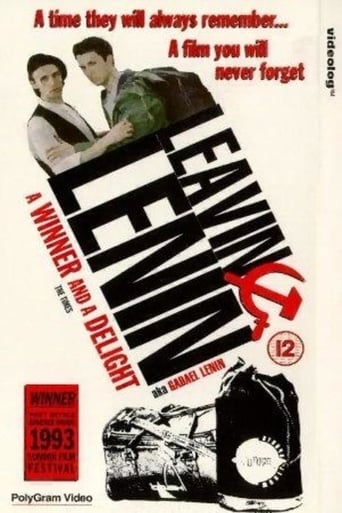















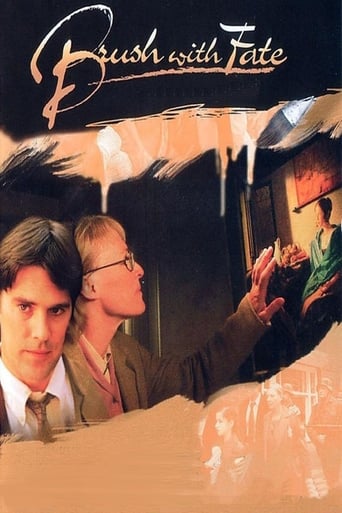




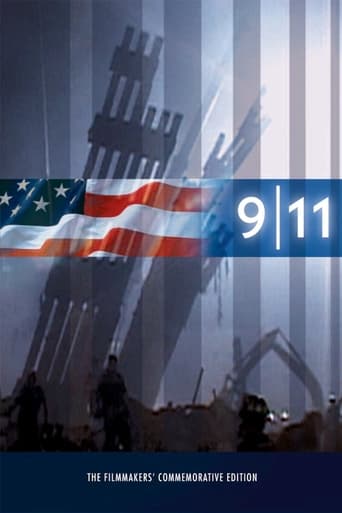

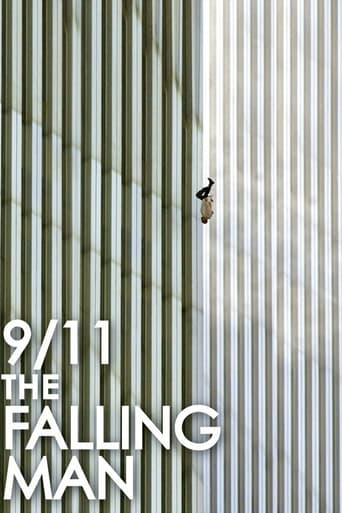
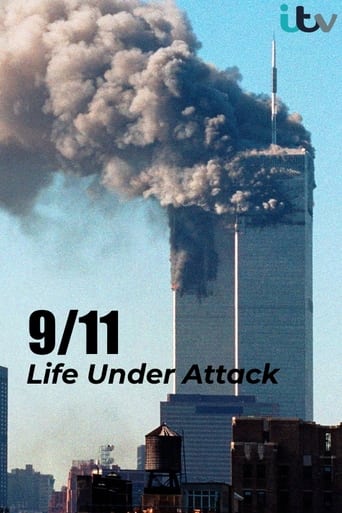
Cave of Forgotten Dreams
Werner Herzog gains exclusive access to film inside the Chauvet caves of Southern France, capturing the oldest known pictorial creations of humankind in their astonishing natural setting.